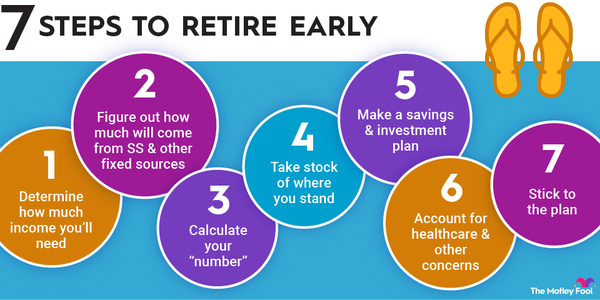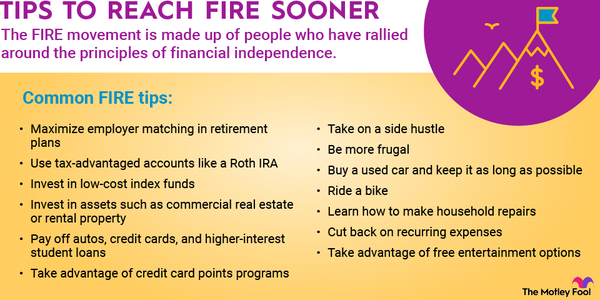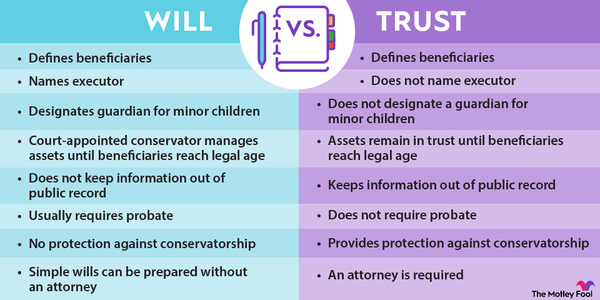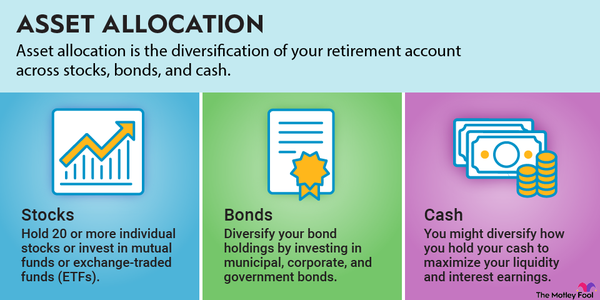Deciding how much to save in your 401(k) shouldn't take an advanced degree in mathematics. At a minimum, you should try to contribute as much to your 401(k) as your employer will match.
If you can put away even more for retirement, you can save up to the contribution limit. In 2025, that's $23,500 for anyone younger than 50, but some older workers may be able to contribute as much as $34,750.
There are a few other things to consider before plowing all that money into your 401(k), but here's what you need to know.
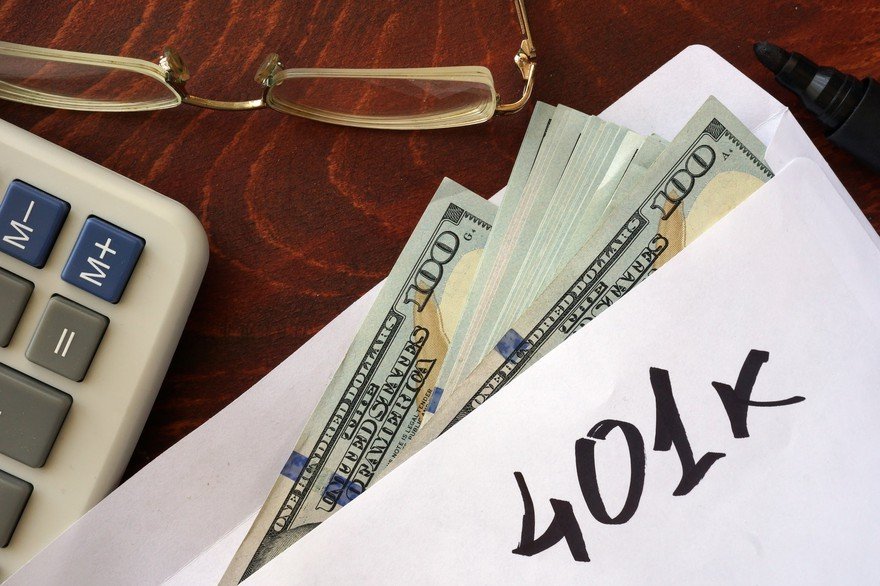
Matching
Take advantage of employer matching
At a minimum, you should contribute enough to your 401(k) to take full advantage of your employer's matching program. For example, if your employer is willing to match all your contributions up to 4% of your salary, you should do everything you can to contribute at least that amount. Not doing so is the same thing as agreeing to a salary reduction; you're simply refusing potential compensation.
An important factor to consider is that many employers dole out the 401(k) match based on your contribution for each pay period. So, if you temporarily halt contributions to your 401(k) for a few months to handle an emergency, you might be unable to get those salary matches back by contributing extra in the last few pay periods.
Likewise, if you defer a big chunk of your paycheck early in the year and max out the contribution limit, you might forgo matching contributions later in the year. Some employers offer a true-up near the start of each year to correct that error. Talk to your HR department to determine the policy.
Employer matching is how many people turn relatively small amounts of their salary into a large retirement nest egg. Let's say you make $60,000, and your employer matches as much as 4% of your salary. That means you're contributing $2,400, but $4,800 is going into your account.
Over a 35-year career, assuming 2% annual salary increases, you could end up with a 401(k) balance of $900,000, assuming 7% average annual returns (a historically conservative estimate). With good market performance, you could even get to $1 million or more.
Maxing out
Max out your contribution
While that sounds like a lot of money from a 4% contribution, it may not be enough to sustain the lifestyle you want in retirement. Based on the often-used 4% rule for retirement and using the preceding example, a $900,000 nest egg would safely produce $36,000 in annual income in retirement.
Withdrawing any more than this greatly increases the chances that you'll eventually run out of money. Even when you factor in Social Security, it might not be enough. Fortunately, you can save more than your employer is willing to match -- a lot more, in most cases.
One popular strategy is to increase your contributions by 1% per year until you hit the maximum amount you're comfortable saving. Any small increase can make a big difference. Returning to the example, consider how small increases in elective contributions affect retirement savings in the long run.
| Your Contribution (% of Salary) | Employer's Contribution | Account Value After 35 Years |
|---|---|---|
| 4% | 4% | $900,869 |
| 5% | 4% | $1,013,478 |
| 6% | 4% | $1,126,087 |
| 7% | 4% | $1,238,686 |
| 8% | 4% | $1,351,305 |
There are even more opportunities to invest beyond a 401(k), such as an individual retirement account (IRA). However, you should be sure to capture your employer match on your 401(k) first.
Catch-up
Catch-up contributions
If you're older than 50, the IRS gives you a way to save even more money in your 401(k). For 2025, the catch-up contribution allows older workers to put away an extra $7,500 in their 401(k) on top of the standard annual wage deferral.
The Secure 2.0 Act introduced a new higher catch-up contribution for workers between the ages of 60 and 63. The higher limit is equal to 150% of the standard catch-up contribution. In 2025, that's $11,250 for a total contribution limit of $34,750.
You can make catch-up contributions at any time during the year you turn 50 (or 60 for the higher limit). There's no need to wait until your birthday to ask HR to increase your contribution.
Catch-up contributions are a great tool if you're a late saver or just want to max out your tax-advantaged savings. If your salary in your 50s has increased to the point where you can contribute more than $30,000 to your retirement savings, you're also likely saving a lot in taxes by contributing.
Related retirement topics
Deferring taxes until retirement, when your tax rate will likely be lower, could save you thousands of dollars. However, individual circumstances will differ.
Before you even start down the path toward investing your money in a 401(k), the key is to save. Given the company matches and high contribution limits, 401(k)s are a great place to start. Consider building up to the maximum annual contributions, and your nest egg will take care of itself.









